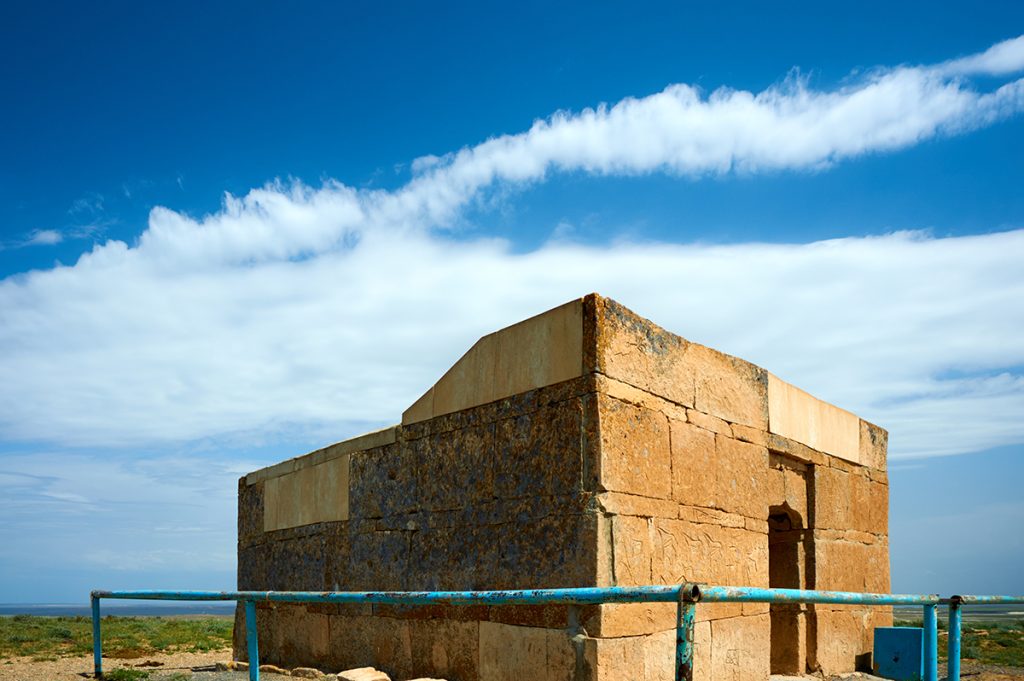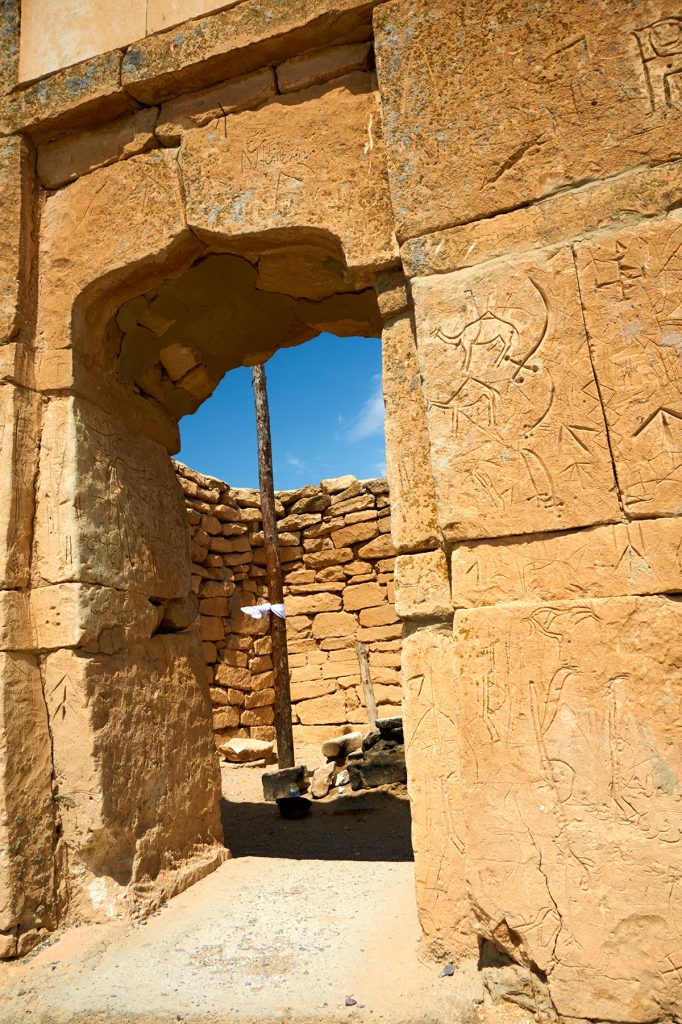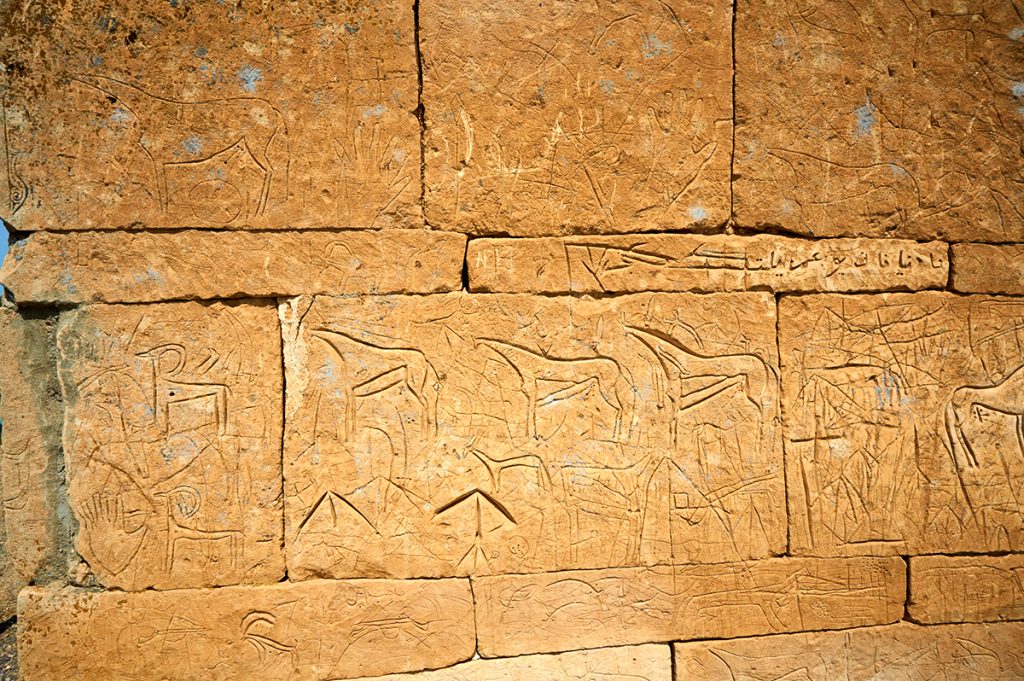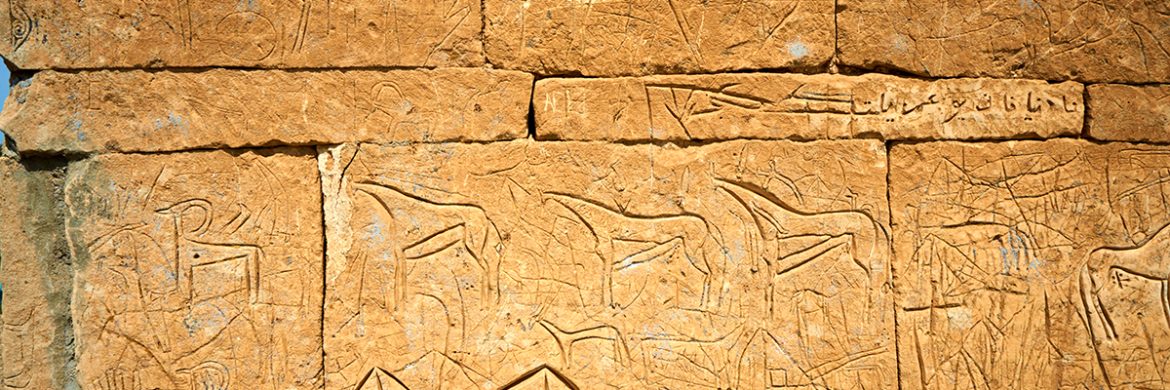The Kuyeutam Mausoleum, situated on the sacred lands of Mangystau, stands out as one of the most unique monuments from the 12th to 13th centuries. Located in the open steppe, 40 kilometers northwest of the village of Senek, within the Mangistau district of the Mangystau region, it occupies the western side of the Shopan-ata necropolis.

The profound tradition of «Respect for elders and mercy for younger ones,» upheld by our ancestors since time immemorial, finds visual representation in the Kuyeutam Mausoleum. As its name implies, the mausoleum was erected in honor of Bahadur, the son-in-law of Saint Shopan-ata. Thus, those intending to visit the Shopan-ata necropolis and offer prayers first pay homage at the Kuyeutam Mausoleum. Here, people typically tie a white ribbon and make charitable donations, embodying deep respect for the son-in-law. Only after visiting the mausoleum do they descend to the necropolis of the revered Shopan-ata and the underground mosque.

Legend tells us that Shopan-ata, a proponent of the Sufi movement, lived in the 12th–13th centuries. The term «Shopan» in Kazakh translates to «shepherd.» According to the narrative, Shopan-ata was a disciple of the renowned Khoja Ahmed Yasawi. Assigned the task by his mentor to spread Islam and the ideals of Sufism worldwide, Shopan-ata and his fellow students marked their designated locations with arrows. Shopan-ata’s arrow landed in the land of a wealthy Mangistau resident named Bayan. Employed as a shepherd, Shopan-ata eventually married Bayan’s daughter. Over time, he constructed an underground mosque in these lands, solidifying the popular understanding of «shopan» as «shepherd.» The Kuyeutam Mausoleum exhibits a square structure in a modest style. Its walls showcase paintings of various animals, a leopard reaching towards the sky, imprints of human hands and palms, as well as depictions of a saber and a dagger. Presently, the mausoleum holds significance as one of the locally revered sacred sites.




